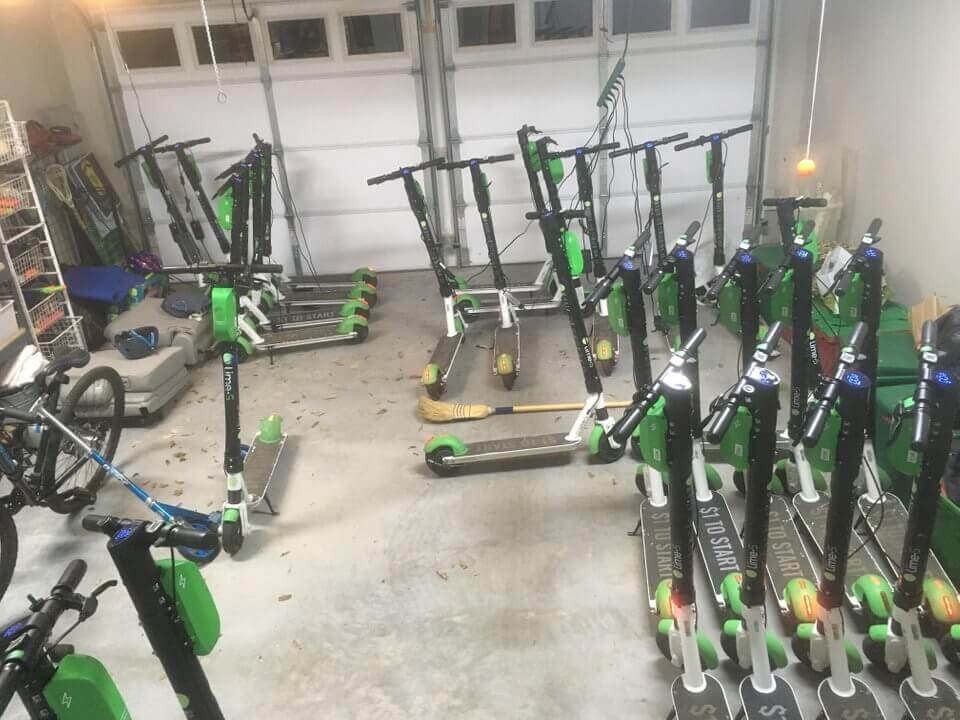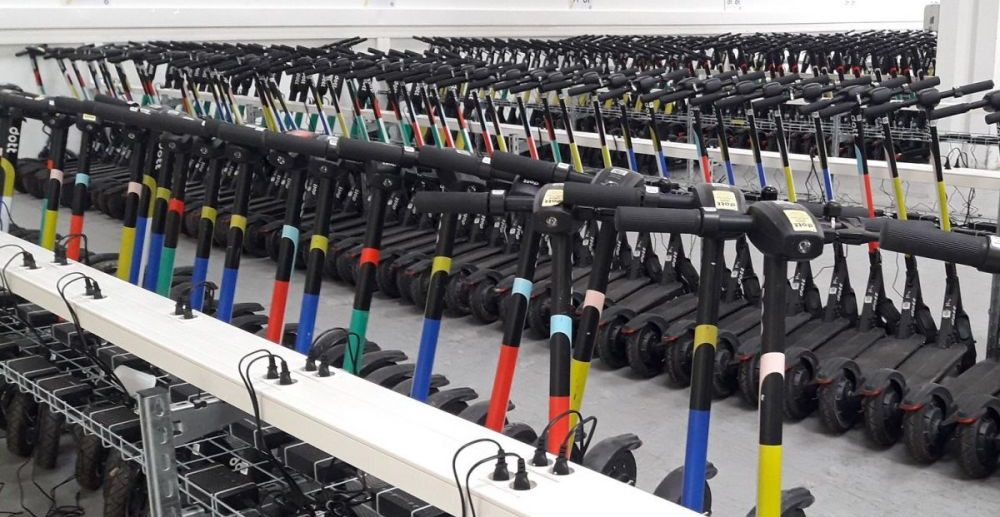Business, Technology
The battery management problematic
1 October, 2019
Going forward, step by step. In order to improve unit economics, operators of free-floating mobility services are working hard to improve their product: development of sturdier vehicles to improve lifespan and resistance to vandalism, and adoption of a new paradigm toward battery charging – as we are more and more talking about electric vehicles.
Charging evolution
Once upon a time, appeared in the streets maaaaany shared electric scooters in the streets of a holy Californian city. The appearance of the service followed a simple rule: remain simple. Meaning: using e-scooters from the consumer market, and gig workers to externalize the battery charging. No big investments.

When the service validity was proven, it then matters to rationalize the charging management. With larger scales and stricter rules, operators now have to become socially responsible and ensure the safety and quality of battery charging. This is where we are now: operators are bringing back home the battery charging operations. It is strong part of the identity of some, the only way to remain for others.

The (very) close future will see the massive introduction of vehicles with a swappable battery feature. Many e-scooter operators (Skip, Veoride, Wind…) already unveiled their solutions, but Jump is the first to use it at large scale in most of their markets with its e-bike. Introduced in December 2018, it makes the charging management much easier, as you are now dealing with the battery alone instead of vehicles, as well as improving the availability of the vehicles, as it is not immobilized during charging and transport.
Next step: assign the battery charging to the final user
But there is still room for improvement. We now have an efficient way to manage the battery charging, but it still requires staff, transport, a warehouse. So… why not asking the final user to do the job?
To allow that, an operator will have to install charging devices around the streets and work on an incentive program to have the customer to use it. The leader of such solutions is to be found in the e-moped sector: since 2015, Gogoro is installing charging stations around Taïwan and have now 1391 GoStations available. The user process at these new generation gas-stations is incredibly fast. It evolved with a service of shared e-mopeds called GoShare, which launched this summer with 1000 vehicles in Taoyuan. In the micromobility industry, PushMe is following suit with a similar solution (but not developing its vehicle).
Jump (again !) unveiled on September 26th a new version of its e-bike, together with a battery charging kiosk. Jump is, therefore, adopting the GoShare model, even if the basis is quite the opposite: when Gogoro started its service with a huge network of stations, Jump is starting with a huge network of vehicles.
But some unknowns remain. The first is the incentive policy, as operators will have to find the balance between the reward and the service provided by the customer. What are you ready to pay for the user to swap the battery? Will it depend on the battery level? The second is about station – or kiosk – implementation. Operators will either have to sign agreements with authorities or private companies to be able to provide a dense enough network – even if users can only provide an additional service to the staff charging work. After free-floating, free-floating with charging stations, free-floating with swappable batteries, trust Jump to test the viability of free-floating with swappable batteries and battery kiosks.